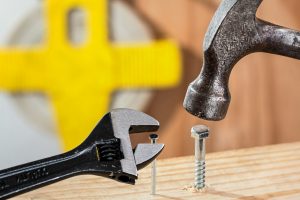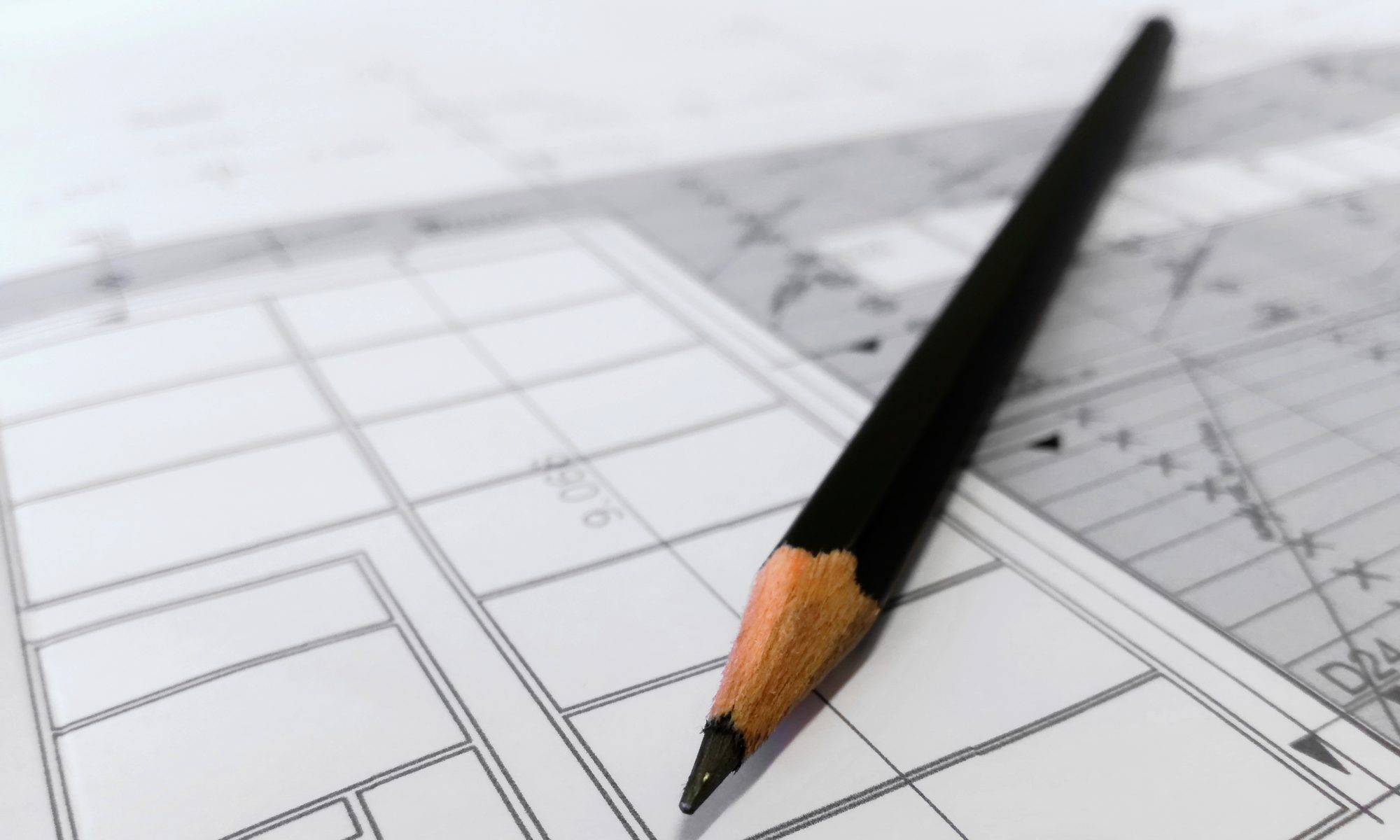In construction, fasteners are not all created equal. Nor are they interchangeable. In structural applications, using the right fasteners, in the correct quantities and installed correctly, is crucial to performance and indeed the safety of a structure. Unfortunately, this is not well understood by homeowners and even some contractors.
 Most homes are constructed of small, repetitive wood elements, which are connected to form assemblies like walls and floors. These assemblies are connected to create the general structure of the building, to which the siding, flooring, trim, and fixtures are attached. It should be evident that the connections that form the assemblies and connect them together are crucial to the integrity of the building.
Most homes are constructed of small, repetitive wood elements, which are connected to form assemblies like walls and floors. These assemblies are connected to create the general structure of the building, to which the siding, flooring, trim, and fixtures are attached. It should be evident that the connections that form the assemblies and connect them together are crucial to the integrity of the building.
Most people probably understand that a 2×6 is generally stronger than a 2×4 and 2×10 is stronger than both. However, the same cannot be said for fasteners. If you look through YouTube videos or online forums, you will find dozens of home-builders and do-it-yourselfers pontificating on and arguing about their choice of fasteners for structural framing and sharing their preferences with the less experienced. A disturbingly large proportion of them do not know what they are talking about.
To understand why you need to know more about building codes than the average YouTube poster. Effectively all jurisdictions in the United States have adopted some edition of the International Building Code as the basis for their building codes. Most have adopted the International Residential Code to govern one- and two-familty dwellings. Just as the required sizes for the studs, joists and rafters of a building have a basis in the codes, so do the fasteners. Generally, construction materials and products must demonstrate compliance with standards referenced in the code that are applicable to how they are to be used. Strength and stiffness requirements are imposed on parts of structural systems that are not imposed on materials used for trim or furnishings.
In residential construction, nails, screws and staples are the most common connectors. The code requires that nails and staples used for structural purposes conform to Standard F1667 by ASTM International. This standard defines the geometry and material behavior of these fasteners. Since nails and staples are standardized, organizations have been able to determine the performance of assemblies assembled using nails and staples by analysis and/or testing. The results of these analyses and tests are the basis for the code provisions for wood construction. The residential code provides prescriptive connections for many conventional wood framing connections using nails and staples, based on common circumstances and design simplification. These prescriptive designs can be implemented by homeowners and contractors to build code-compliant structures.
Screws are an entirely different matter. While there are standards for the geometry of wood screws and lag screws, the specification of material is left to the designer. The choice of material is not trivial. Nails are commonly made of carbon steel; they are required to be strong and ductile. While lag screws are often made from one of several similar grades of mild or stainless steel, wood screws and other types of screws are made from a variety of ferrous and nonferrous metals. Given the number of options for wood screws and lag screws and the need to specify engineering properties, the residential code does not provide the same sort of prescriptive connection designs for screws as for nails and staples. Therefore, the use of commodity screws in structural applications is outside the scope of the residential code and must be designed by a licensed professional engineer or architect.
Both lag screws and wood screws require pre-drilling, at least for lateral load applications. Consequently, a lot of do-it-yourselfer and contractors prefer self-drilling screws, which can be installed quickly and without special equipment. However, a lot of self-drilling screws, like so-called construction screws, deck screws and drywall screws are not load-rated and may not produced to any particular material standard. In addition, they are often hardened, making them relatively brittle. Therefore, the performance of a lot of self-drilling screws is unpredictable; the material strength is unknown and they will fracture without undergoing significant deformation and thus, without warning. This makes their use in structural applications potentially hazardous.
It is easy for the uninitiated to get confused when buying fasteners for a project. It does not help that manufacturers will often not distinguish between structurally rated and unrated products. Some will misleadingly print ASTM standards on the box without describing those standards. Some even print superfluous ASTM standards applicable to other products on the packaging. Meeting a standard for drywall screws is irrelevant for structural screws. People can be led astray by confident, but ignorant salespeople or even bystanders. The temptation to pick a self-drilling screw is high and picking the wrong one is easy.
Generally, screws cannot be simply used as a substitute for nails. With the exception of some proprietary fasteners, structural connections made with screws must be designed by a licensed design professional. Unfortunately, that does not prevent a lot of do-it-yourselfers and contractors from using non-structural screws in structural applications. Nor does it prevent code inspectors from failing to stop them.
So what do you do? First, understand that the residential code prescribes most common conventional wood frame construction connections using nails and staples. The code inspector should be looking for these connection types. You can usually use an alternative proprietary fastener if the manufacturer provides prescriptive connection designs or substitution tables. Look for fasteners that are marketed for structural use and reference a code evaluation report by the ICC Evaluation Service (ICC-ES) or others. You may need to reference or provide that report to your building official for approval.
Still confused? Need a custom connection design? Now you need to consult a professional. A structural engineer licensed in your jurisdiction can answer your questions and even design your connections. Professionals cost money, but if you need a connection option that is outside the prescriptive code limits, design by a licensed professional is the only safe and legal alternative.
The information and statements in this document are for information purposes only and do not comprise the professional advice of the author or create a professional relationship between reader and author.

